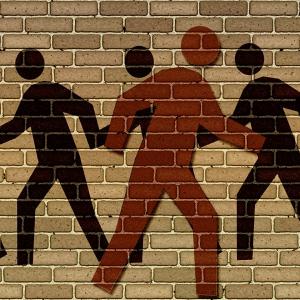Karen Keller
What does your body language say about you? Your hand on your hip, shifting your weight from one leg to the other, and the tilt of your head. It’s all important. Non-verbal language is 65% of communication, with tonality being 38% and words coming in last at 7%. Nonverbal communication is anything from body mannerisms, postures, facial expressions, breathing, and physical proximity (or ‘personal space’). It can be consciously or unconsciously sent and received.
Body language helps us to know what people mean, are feeling and their attitude. Research tells us that body language, and the reading of non-verbal communications and feelings, are in our genes. Women have an advantage at interpreting and sending body language signals over men. This may be explained by the tendency for women to have more empathic sensitivity than men, which naturally aids body language awareness and capabilities.
Body Language Tips
Some body language tips that may help you in your next business meeting or social setting: * According to body language experts, what the eyes are doing is one of the most highly-predictable traits for knowing what is going on with that person. If your listener’s eyes grow wide they are showing greater interest in what they are hearing. They are also expressing affection for you, not the romantic kind, but likeability. Keeping your eyes wide means you are making yourself available to others. It shows you are open to engagement. When someone sees this they immediately find ways to approach you. The eyes tend to look right when the brain is in a creative mode, and left when the brain is drawing on memory or figuring something. If the eyes are looking right and down they are assessing their feelings. If the eyes are looking left and up they are mostly likely being truthful. * Watch how and what body language changes occur during your conversations. A change can be either good or bad. If the person’s body position changes while you are making a point, chances are they either disagree with you or are uncomfortable. Head nodding usually means agreement while slow head nodding means the person is listening attentively. If the chin is unusually up or high it’s a sign of pride, defiance or confidence. * Facial expressions are highly associated with human emotions which are genetically inherited rather than socially conditioned or learned. Happiness, sadness, fear, disgust, surprise, and anger are the most common emotional facial expressions. A tight-lipped smile is a sign of forced agreement or displeasure. Just as a grin from side to side is excitement and total agreement. Women who are in tune with the obvious and the not-so-obvious signals of non-verbal communication can use this to their business advantage. If you want to be an effective communicator it behooves you to master your body language making it work FOR you, not against. Your business may depend on it!




